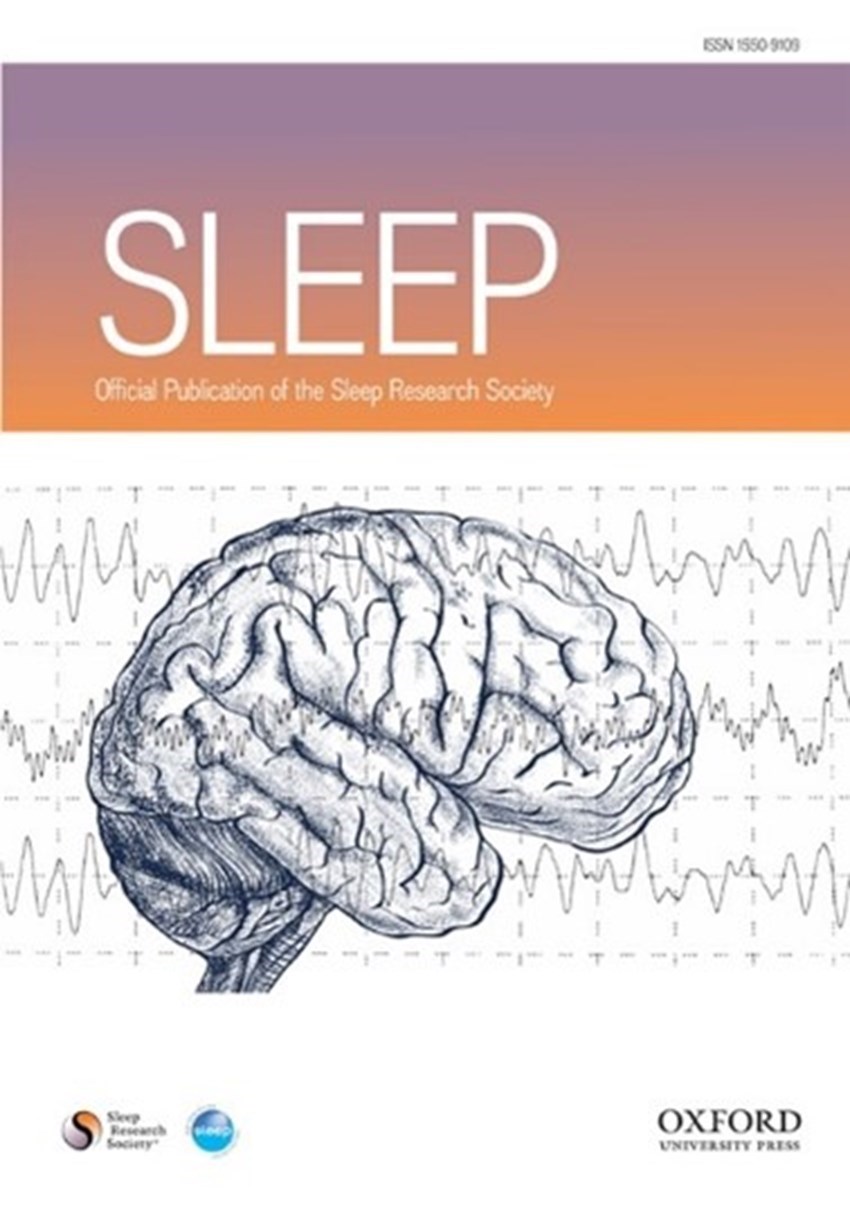Benjamin Baird, supported by the BIAL Foundation in the scope of project 334/18 - Inducing lucid dreams with optimized sensory cues, concluded that the lucid dreams are more that a mixture of sleep and wakefulness, with a EEG patter characteristic. The paper “Lucid dreaming occurs in activated eye movement sleep, not a mixture of sleep and wakefulness” featuring these results was published in the journal Sleep.
Abstract
Study Objectives
(1) To critically test whether a previously reported increase in frontolateral 40 Hz power in lucid REM sleep, used to justify the claim that lucid dreaming is a “hybrid state” mixing sleep and wakefulness, is attributable to the saccadic spike potential (SP) artifact as a corollary of heightened REM density. (2) To replicate the finding that lucid dreams are associated with physiological activation, including heightened eye movement density, during REM sleep. (3) To conduct an exploratory analysis of changes in EEG features during lucid REM sleep
Methods
We analyzed 14 signal-verified lucid dreams (SVLDs) and baseline REM sleep segments from the same REM periods from six participants derived from the Stanford SVLD database. Participants marked lucidity onset with standard left-right-left-right-center (LR2c) eye-movement signals in polysomnography recordings.
Results
Compared to baseline REM sleep, lucid REM sleep had higher REM density (β = 0.85, p = 0.002). Bayesian analysis supported the null hypothesis of no differences in frontolateral 40 Hz power after removal of the SP artifact (BH = 0.18) and ICA correction (BH = 0.01). Compared to the entire REM sleep period, lucid REM sleep showed small reductions in low-frequency and beta band spectral power as well as increased signal complexity (all p < 0.05), which were within the normal variance of baseline REM sleep.
Conclusions
Lucid dreams are associated with higher-than-average levels of physiological activation during REM sleep, including measures of both subcortical and cortical activation. Increases in 40 Hz power in periorbital channels reflect saccadic and microsaccadic SPs as a result of higher REM density accompanying heightened activation.



































































